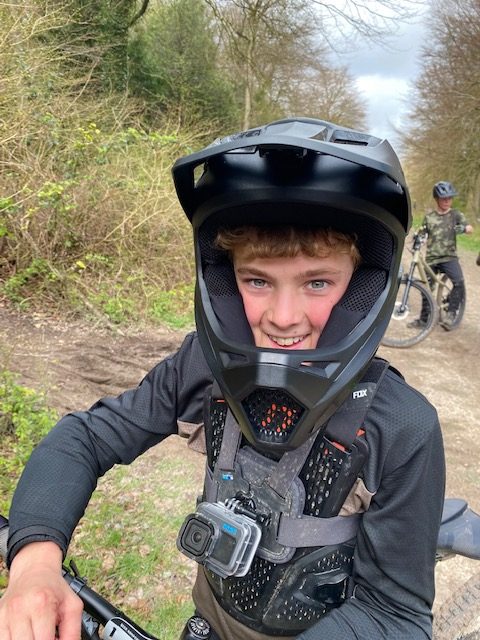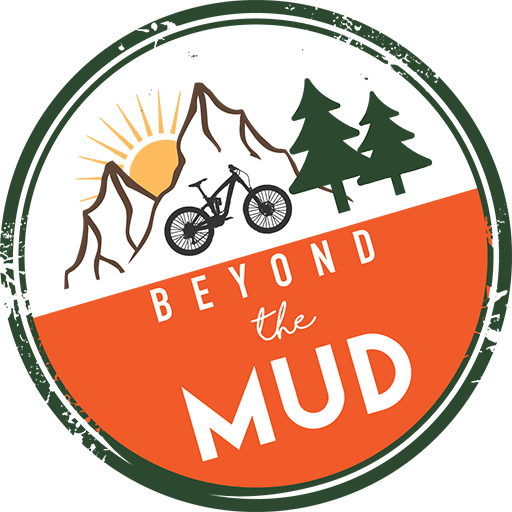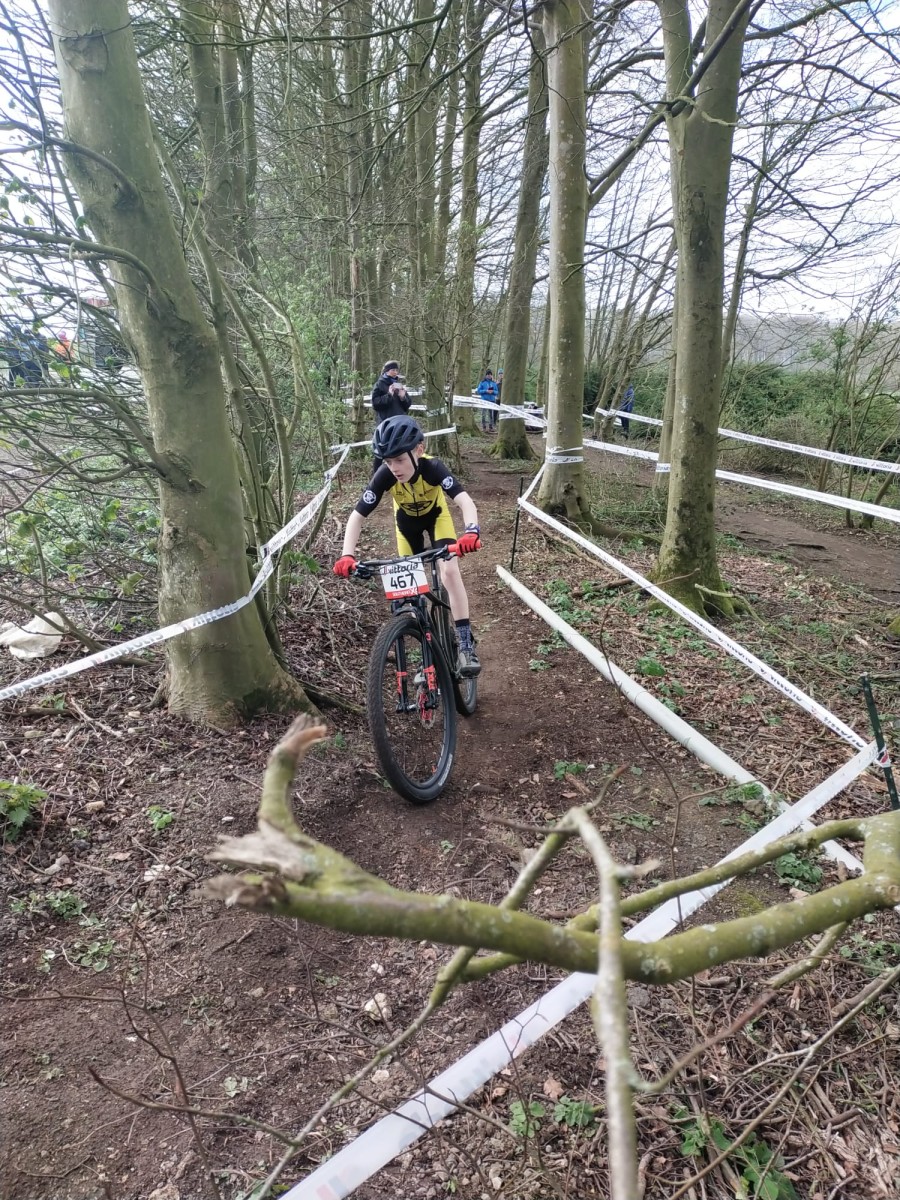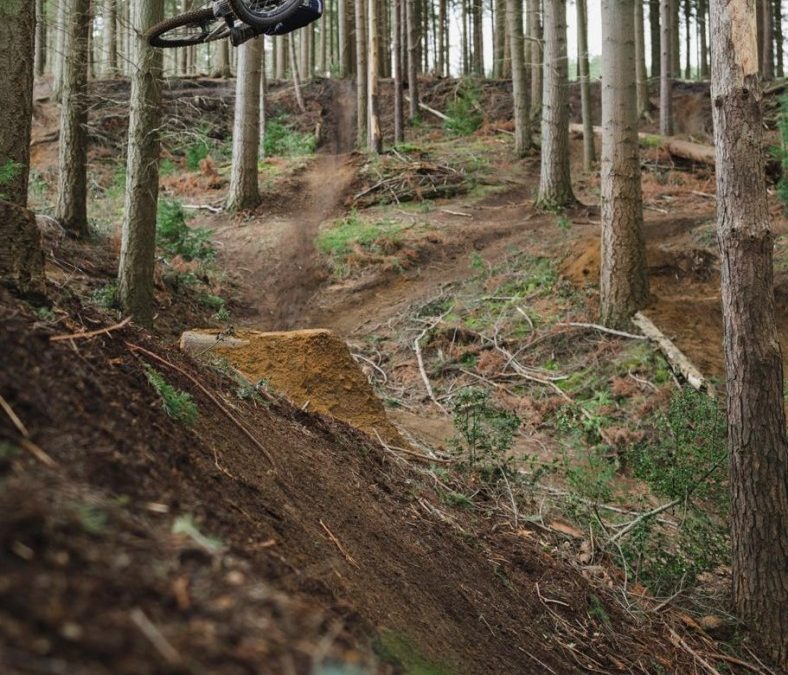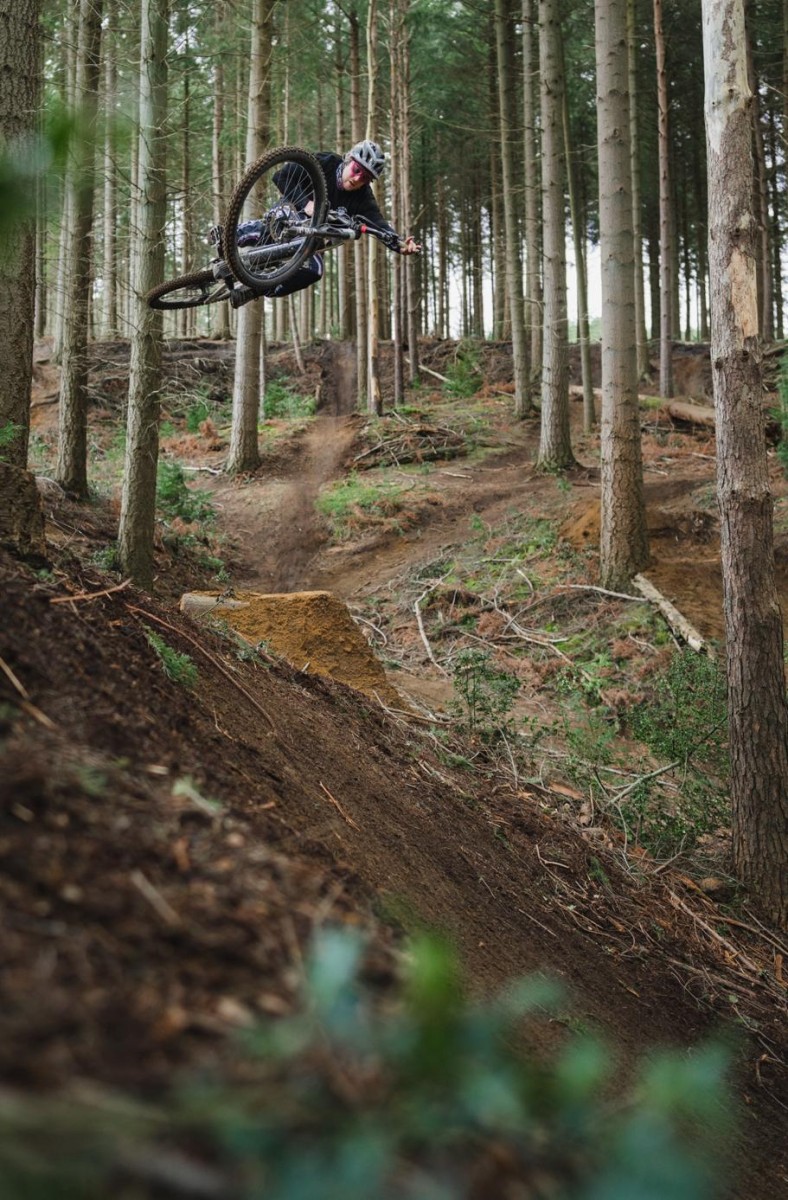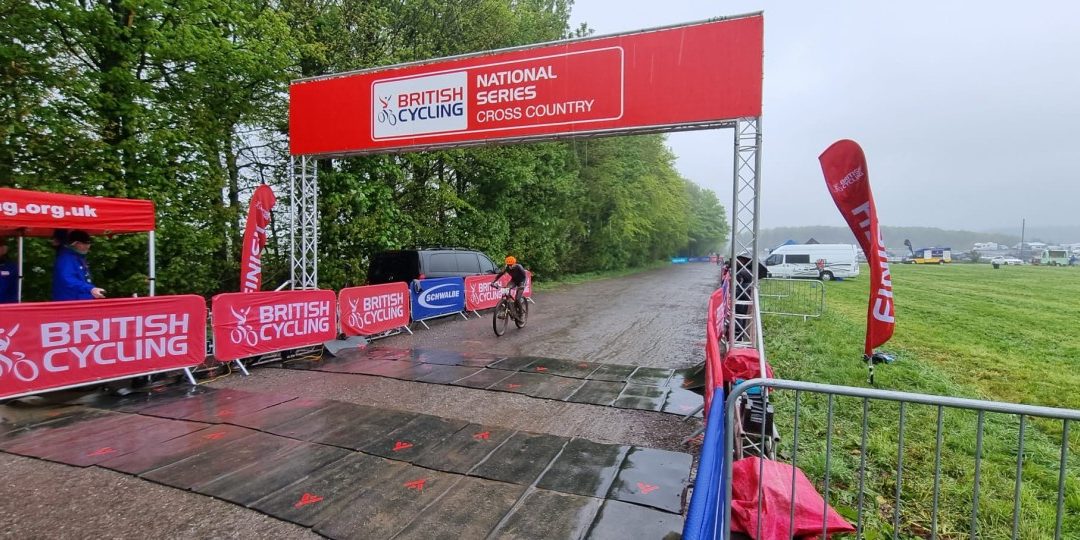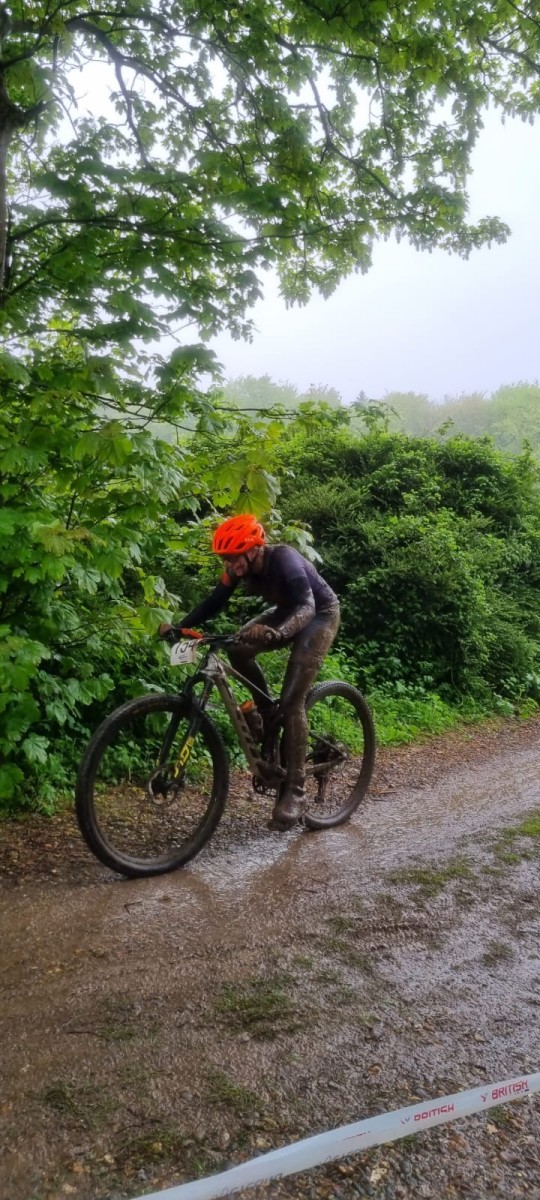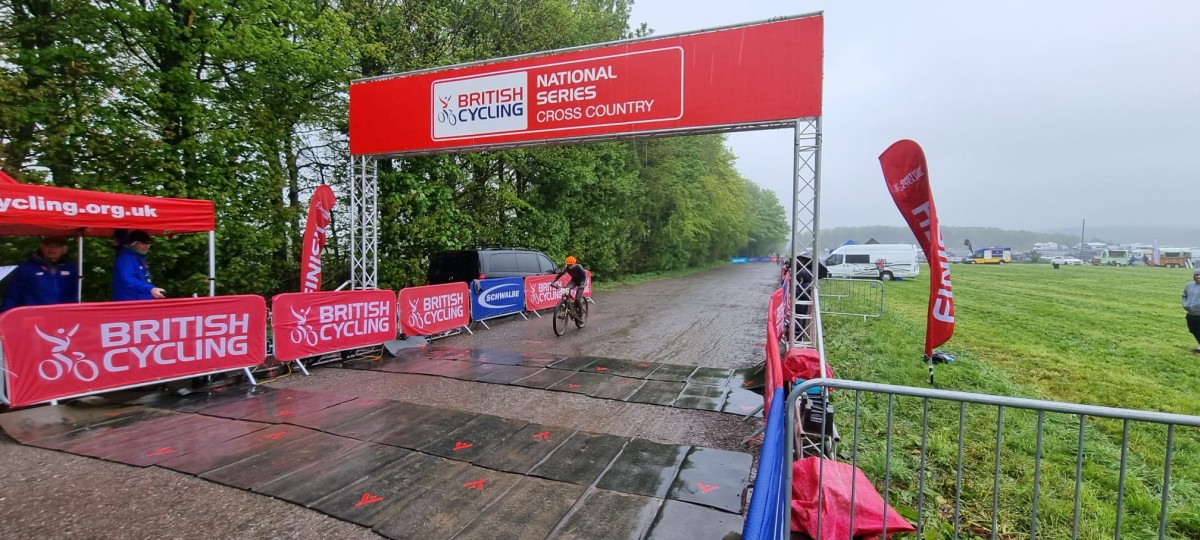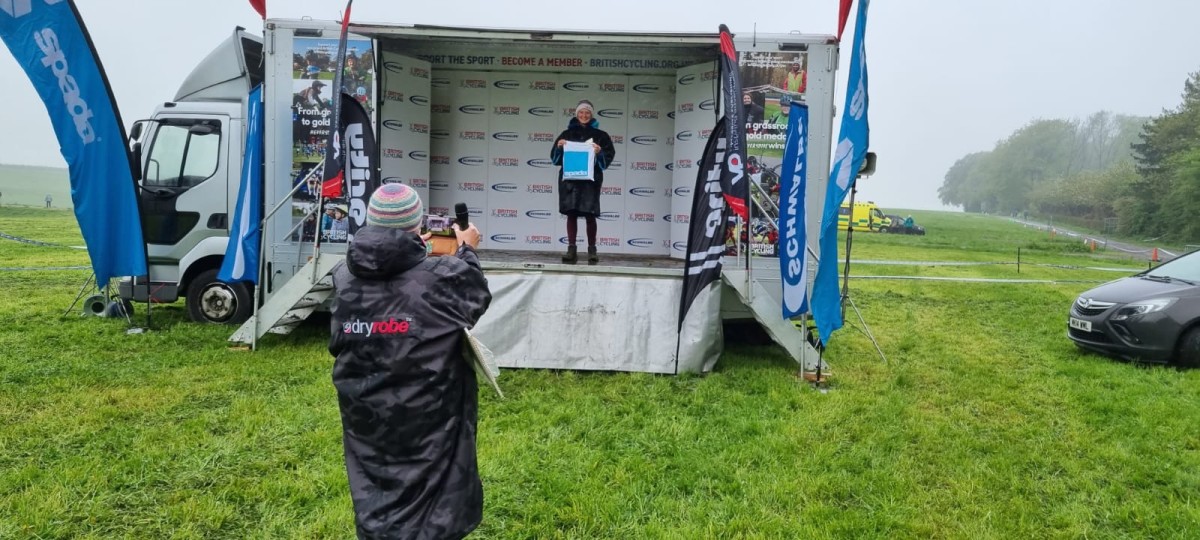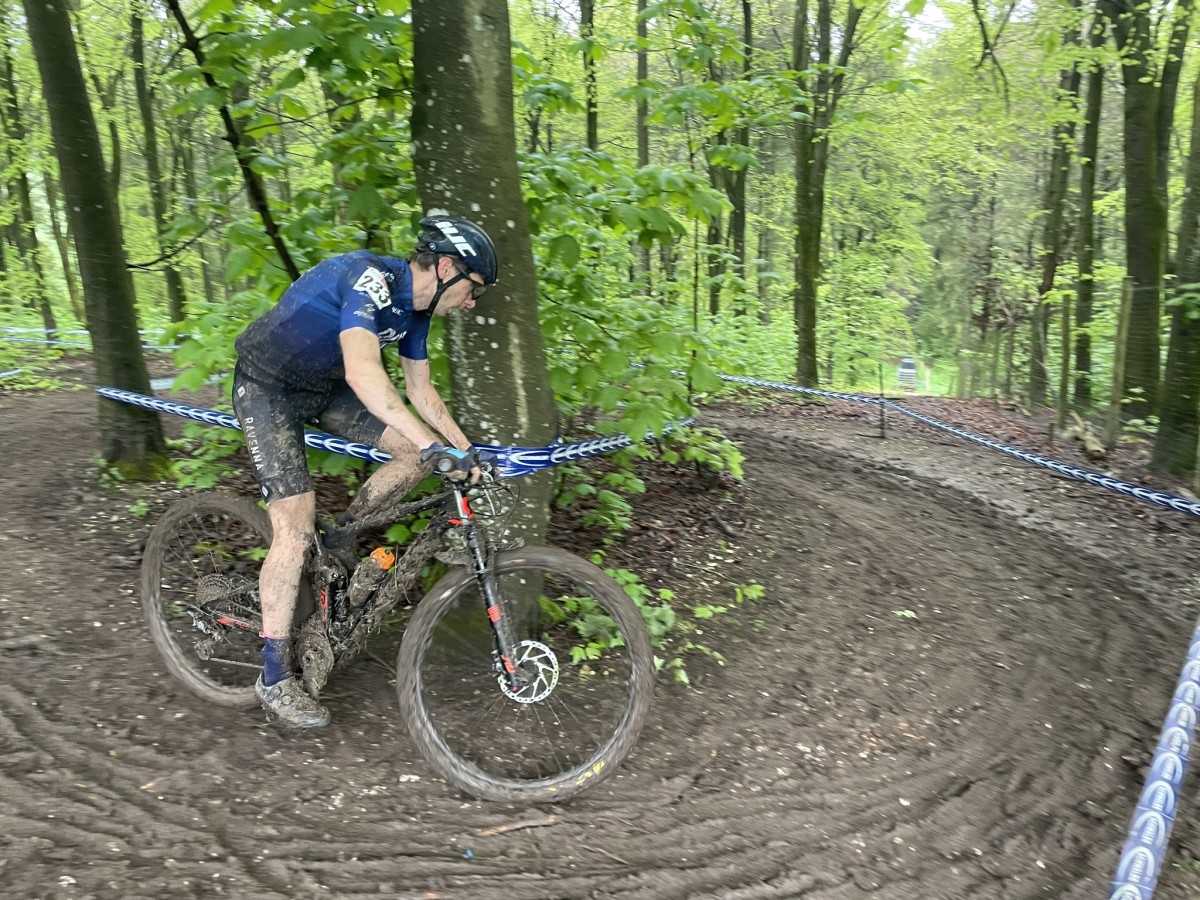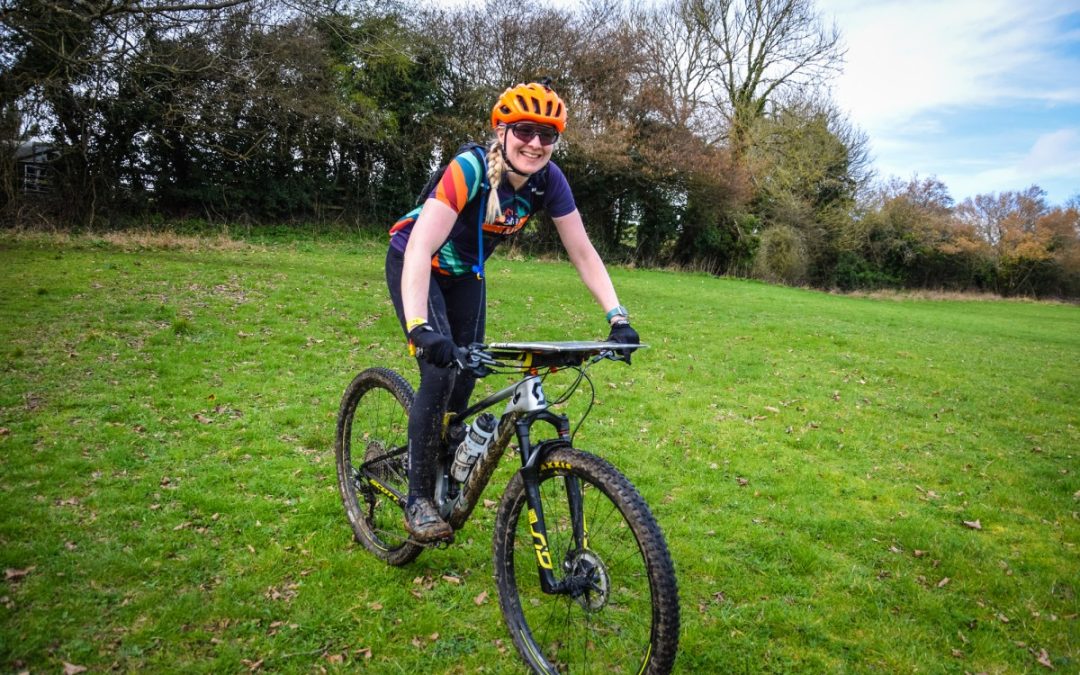On Saturday I stepped way out of my comfort zone and did an adventure race. The
Burn Series in Bath was made up of mountain biking, trail running and kayaking. All whilst navigating to check points marked on a map!
This was my first race since having Ffion and the nerves well and truly set in from around Wednesday leaving me feeling very unsure about whether I could actually do it.
Race day came, the car was packed, and we set off for Bath at 6am to start racing at 9:30.

The first thing I had to figure out was my route for each activity – something I’ve never had to think about before. In cross country mountain biking you just follow the arrows and stay within the tapes this was a new challenge and one that made it quite tactical as it turned out!
Everyone was given a kayak slot and mine was in the morning which meant I would run first so I could run to the kayaks. I had always wanted to bike first as that is my strength, but soon switched the gears in my head to feet first then pedals as we set off from the start line.
I had highlighted the route on my map but soon found running, looking at the map and trying to look for check points was rather a lot for my brain to compute. The result was me missing my first check point and ending at the canal… Oh well, this is where I wanted to get to anyway right!?
The kayak section was fun, having not been in a kayak since I was about 14, I found my body seemed to remember what to do and the Pilates certainly helped with the core strength. The main challenge with the kayak leg was actually a very angry swan who stopped me from getting my third checkpoint! I decided being dry and not bitten by a swan was better than trying to battle my way past it.
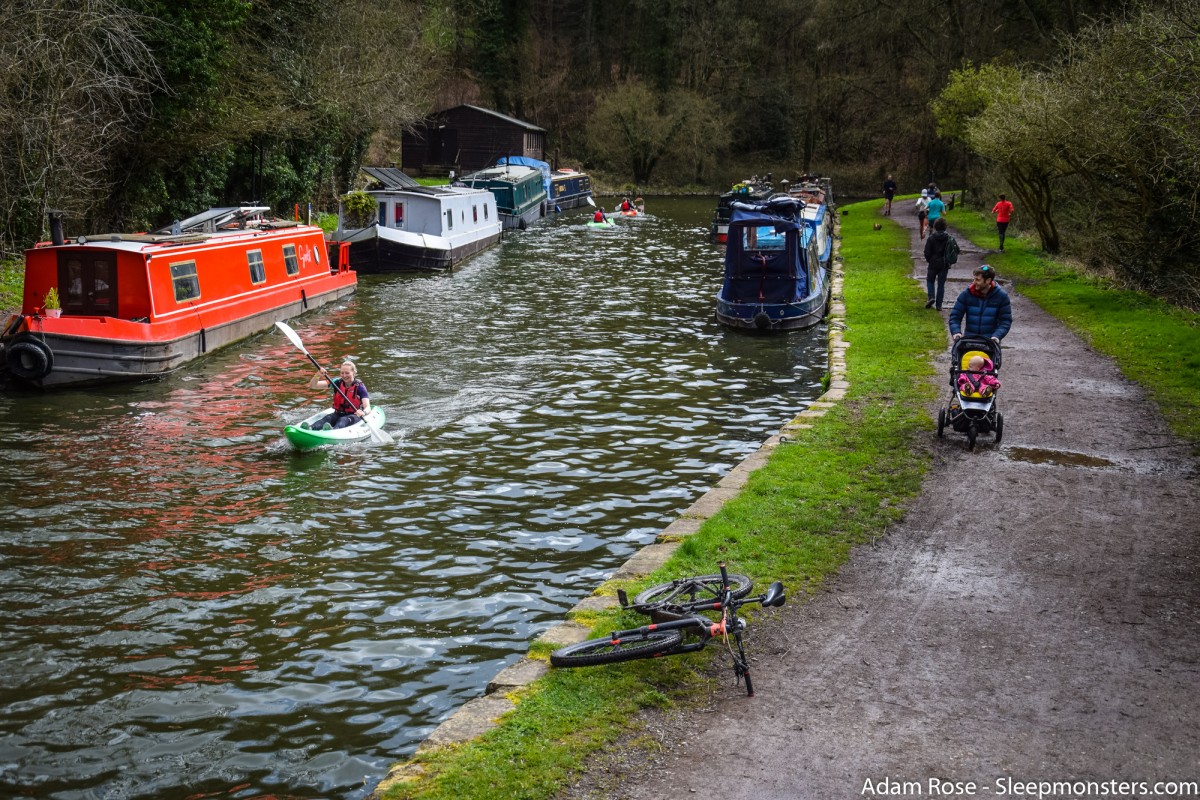
Once back on dry land I did procrastinate about doing more running. After a minute or so of procrastinating (I really must stop doing this) I decided to stick with the plan and go get my bike. In hindsight this was silly as I retraced my steps when I could have run past more running check points back to my bike on a flatter route.
Back at the main transition I got my bike and headed out to collect as many bike check points as I could. I decided to go for the highest scoring checkpoint first and made my way up some super steep hills to get there. Quick picture at the top and a text to Emyr to say there was a nice park for Ffion to run around and then I remembered this is a race – I should probably get on with it! Back on the bike and into a long spooky tunnel that reminded me of a similar one I had raced through in the Alps. The cold air surrounded me and every now and then you would see an eery shadow and have to dodge dog walkers. At least in the alps all the bikes were going in the same direction.
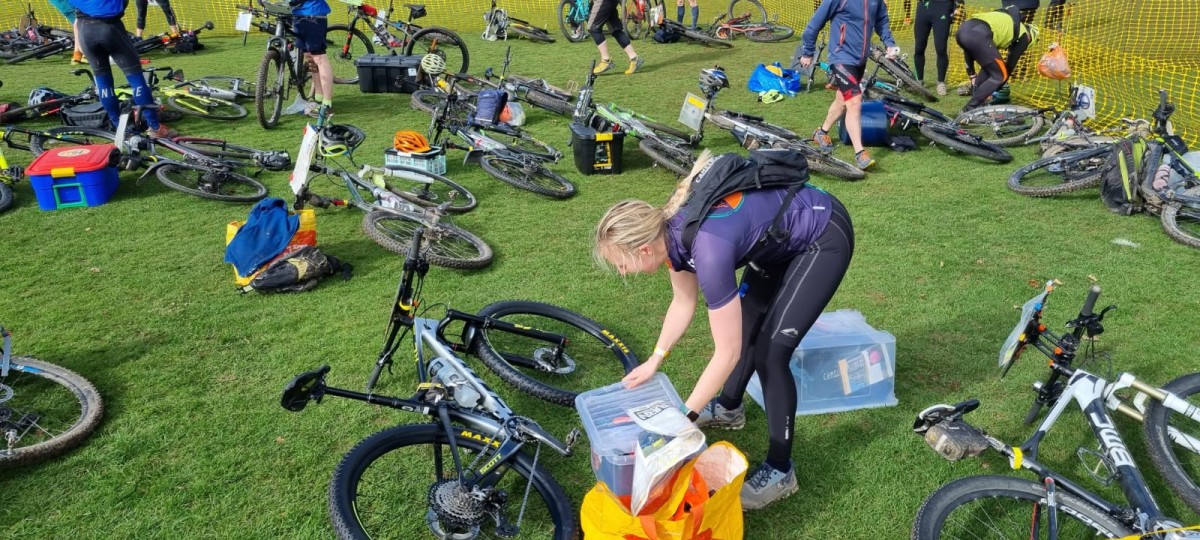
This was a great cycle route which took me all the way to the furthest check point from where I had just been, only to realise I had missed one and you guessed it! Retraced my steps again… I started to realise I needed to be more tactical and just head for the bigger point check points so with this in mind amended my route. This would have been fine but in my rush to do so a trail I thought was bridleway turned out the be footpath so once again I back pedalled.
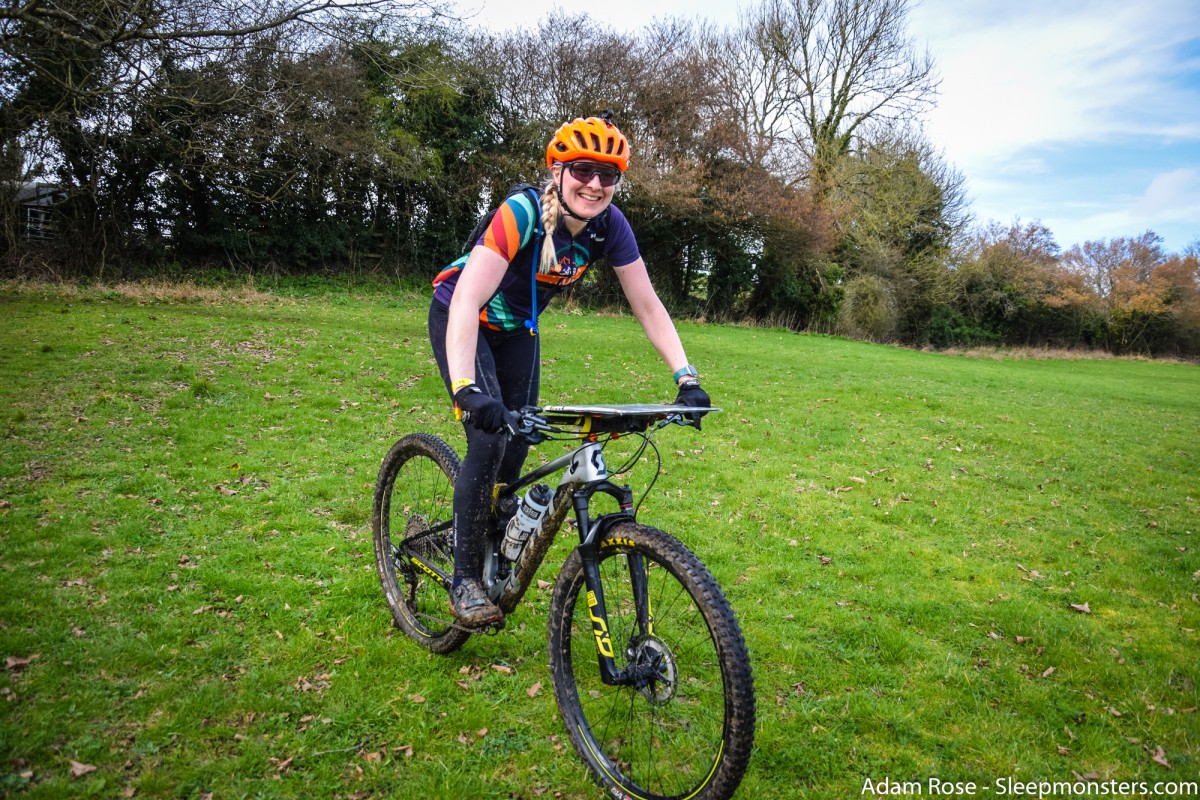
All in all, I managed to get every bike check point bar 4 so I was happy with that! During the ride I rode down streams and up steep gravel bridleways, down awesome muddy descents and at times a few technical downhills. The riding was awesome if not slightly hillier than I expected!
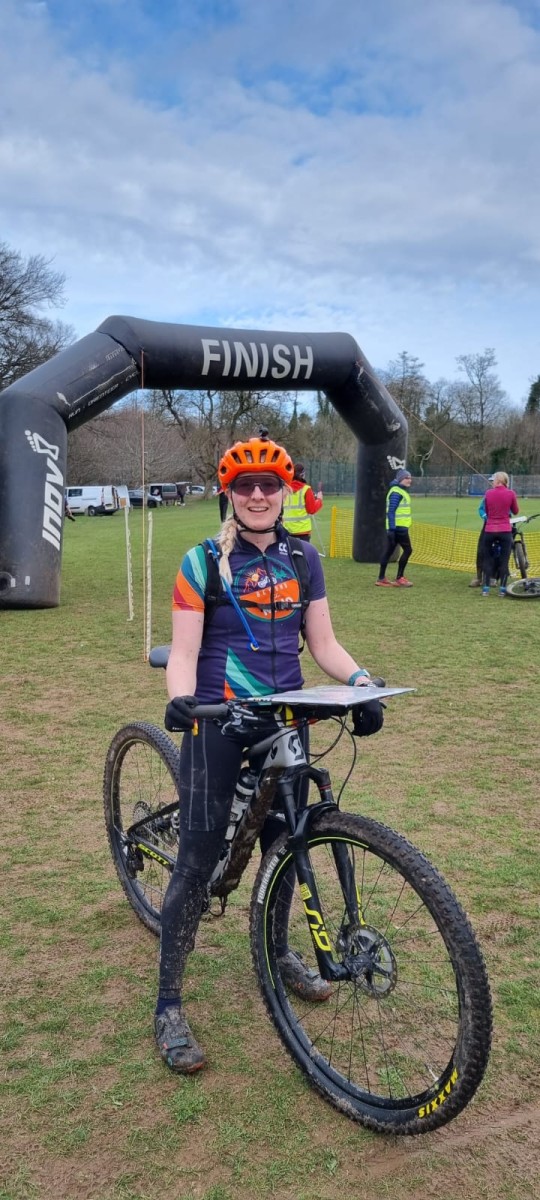
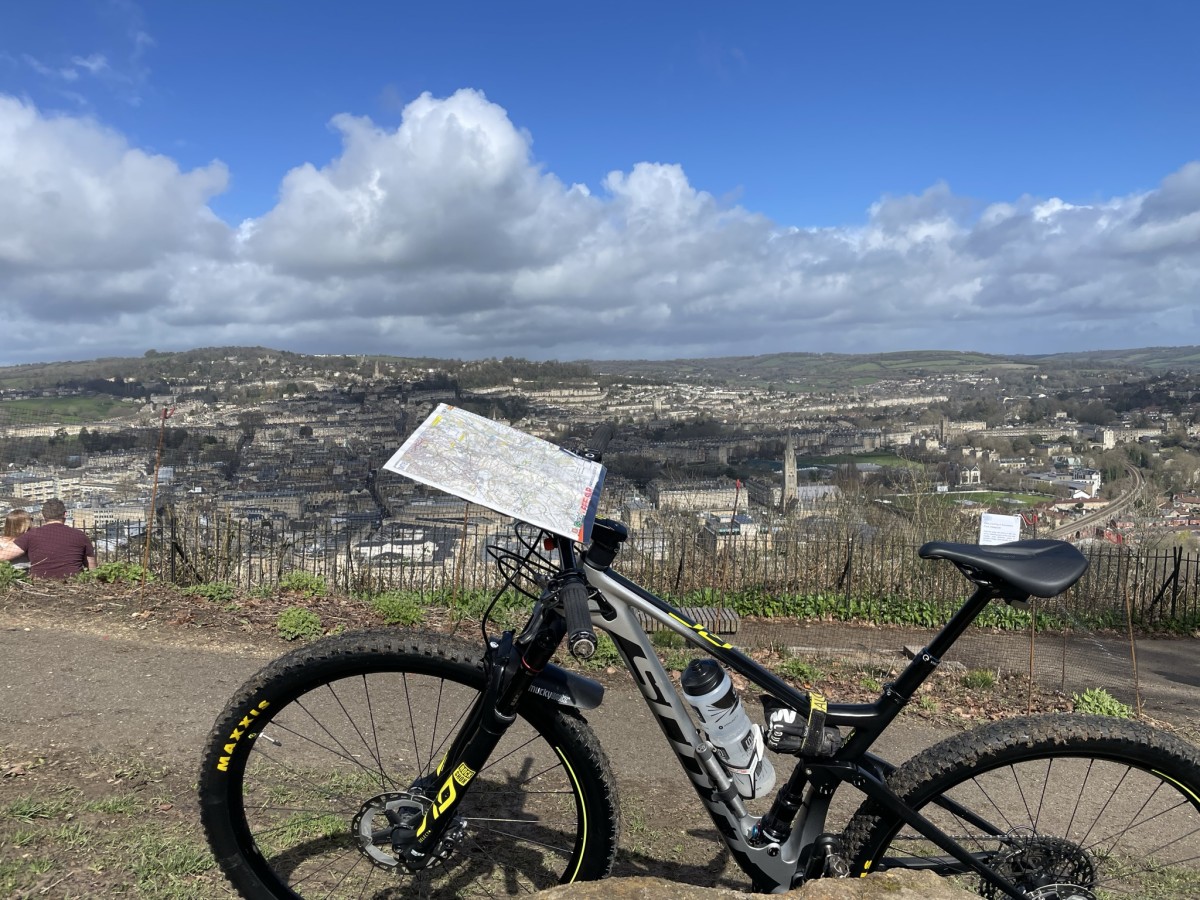
After six hours racing, I made it to one last check point before crossing the finish line. Completely exhausted but riding on a high from what I had achieved.
I learnt a lot in these six hours, route planning needs more attention, look to get to the big scoring check points and I need to learn to run uphill!
Thank you for a great day out!
If you would like to find out more about these races go to www.burnseries.co.uk for more information on the other race sin the UK.
